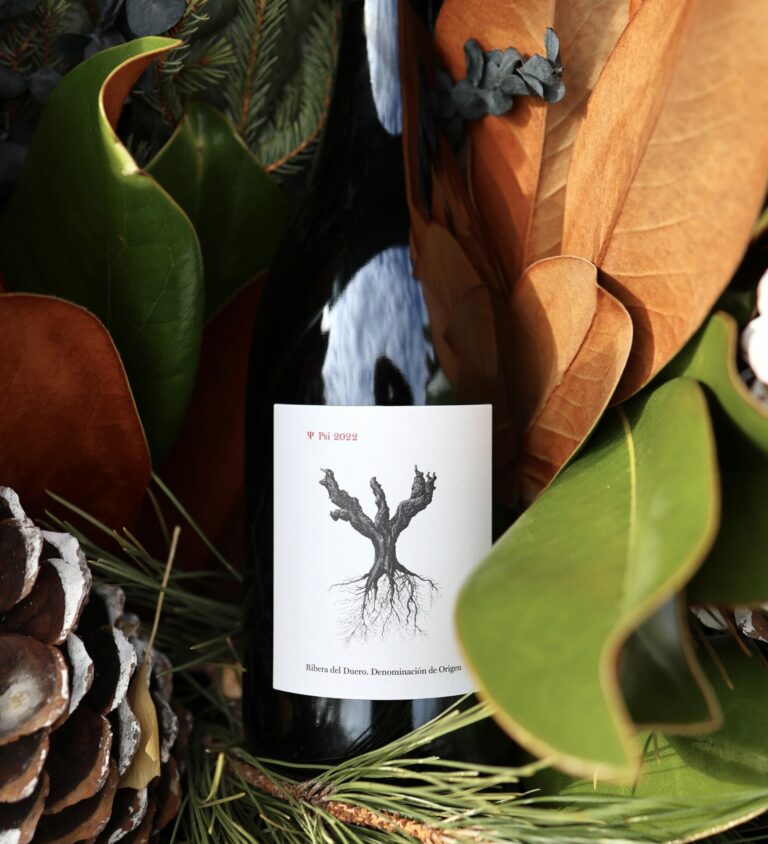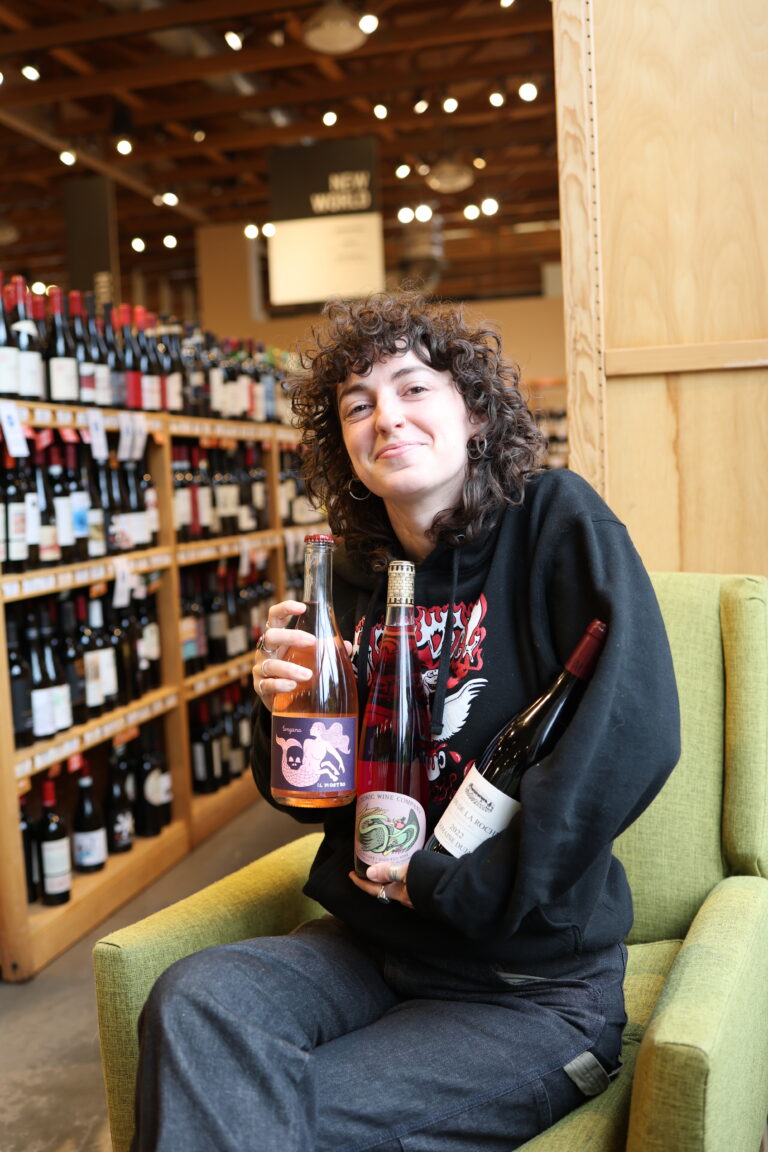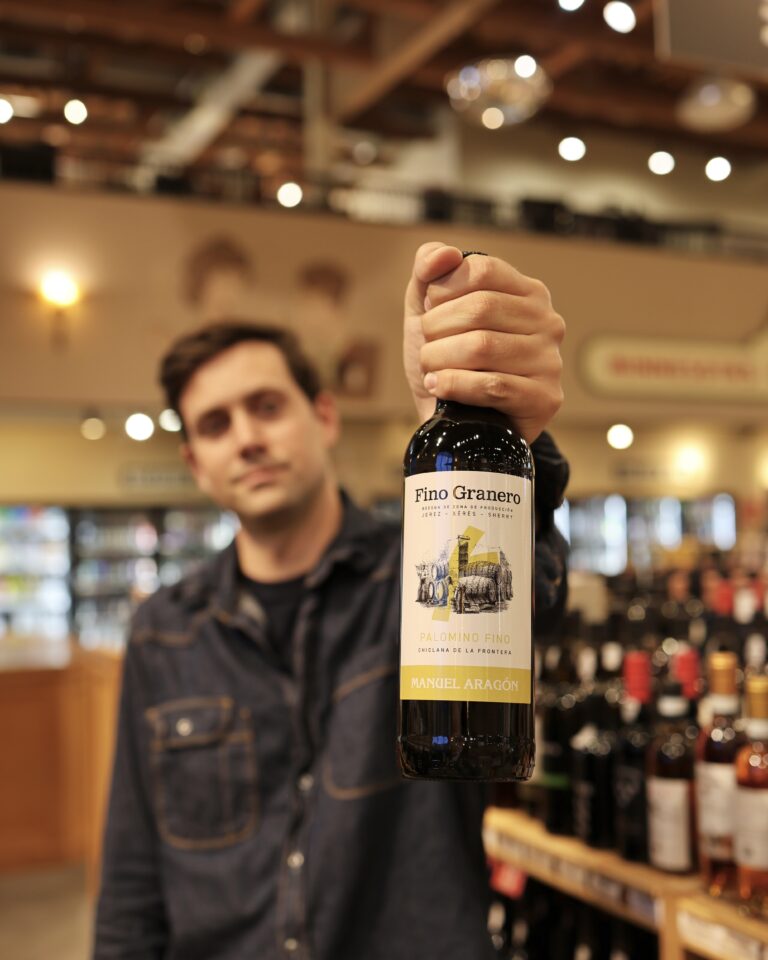Chianti. Pinot Grigio. Barolo. Prosecco. We see these words pop up on every Italian restaurant’s wine list. They’re recognizable and familiar, and they’re meant to give us confidence when ordering a glass to go with our meal. But how are you supposed to decipher the long list of words that comes along with each option? Is Chianti the grape? Is this Prosecco sweet? Why is Barolo so expensive? If you don’t have a helpful sommelier on hand to guide you, ordering wine can be a daunting experience.
During the month of June, we’re focusing on taking the fear out of Italian wine. We’ll dig into the nuts and bolts of some commonly seen wines, explore some tried-and-true standbys and fail-proof food pairing options, and discover a few not-so-common alternatives if you’re looking to freshen up your wine drinking experience.
Chianti: What a Fiasco…
What to Expect: Chianti, the common term in all 3 wines listed above, is the name of the region the wine comes from. Located in the heart of Tuscany, the wines of Chianti primarily use the Sangiovese grape as the base for all their red wine production—by law, all Chianti must use a minimum of 75% Sangiovese. (It’s common to blend Sangiovese with a slew of other native Tuscan grapes—both red and white!—as well as some international grapes like Cab and Merlot.) The romantically rustic vision that many people have of Chianti wines is of a squat, round bottle nestled in a wicker basket holder called a fiasco (that later becomes a kitschy candle holder once the wine is gone).
The Classics: Try out Selvapiana Chianti Rufina for a tried-and-true, classically-styled Chianti. Made from 100% Sangiovese, this is a perfect wine to understand exactly what the grape is all about–minimal oak aging, and no addition of other grapes. Just pure, unadulterated, gorgeous Sangiovese. If you want to know what a “step up” looks like in Chianti, revel in the Volpaia Chianti Classico Riserva. This sumptuous wine is made from a selection of only the top grapes harvested from Volpaia’s estate vineyards, and sees 2 years of oak aging before bottling. Everything is accentuated in Riserva wines: the color is deeper, the flavors are more intense, and the finish goes on for a mile.
Something Different: Chianti isn’t the only region to work with Sangiovese. You’ll find beautiful examples of it in Montalcino—a little town made famous for a particular strain of Sangiovese called Brunello. Coming only from select vineyards and aged for 2-4 years in barrel before release, Brunello di Montalcino commands premium prices and can be cellared for many years. The Caparo Brunello di Montalcino is a great place to start for understanding this side Sangiovese. But Montalcino also produces a more cost-effective wine, called Rosso di Montalcino, using the same special strain of Sangiovese, aged for less time in barrel and using younger vines sourced from bigger vineyards. The Ciacci Piccolomini Rosso di Montalcino is silky, gracious, and expressive on the palate, and stands out for its overall balance and harmony.
We’ve seen how well Sangiovese takes to being blended in Chianti wines, and that’s no less true in other regions as well! The term “Super Tuscan” came into popularity in the 1970s and 80s, when a few producers became disgruntled with the poor, thin, watered-down quality of wine that bore the government’s stamp of “high quality” Chianti. Taking matters into their own hands, they decided to forgo the government’s approval and began planting international varieties like Cabernet Sauvignon and Merlot to add to their Sangiovese, hoping to boost international opinion of Tuscan wine. Some of the most important wines to come of this experiment are well-known today, including Sassicaia, Ornellaia, and Tignanello. While these exquisite wines come with hefty price tags, there are a number of other “Super Tuscan”-styled wines at fantastic everyday prices. The ColleMassari “Rigoleto” Rosso is a fantastic example of a well-produced, organic blend using indigenous Tuscan varietals, and the Corzanello Toscana Rosso will show you how beautifully Cabernet Sauvignon and Merlot can play with Sangiovese.
Perfect Pairings: Sangiovese has high natural acidity, a medium/medium-full body, and ripe, juicy red fruit notes. Sometimes they’ll have hints of savory, rustic herbal notes as well. Because of these characteristics, Chiantis are a fantastic match for tomato-based sauces. The acidity of the wine matches the acidity of the tomatoes—truly a perfect match! Chiantis find their way onto most restaurant wine lists because of the beautiful versatility they have in pairing with almost every Italian dish.
Try the Selvapiana Chianti Rufina with a hearty cheese like Wilde Weide Gouda. This pairing works because of the wine’s ripe, juicy red fruits, medium-full weight, and cleansing acidity–all of which balance out the cheese’s dense, fudgy, and slightly sweet notes. There’s some beautiful dried herbal notes in the Chianti, too, that parallel the gentle savory element in the cheese. What a Gouda pairing!


